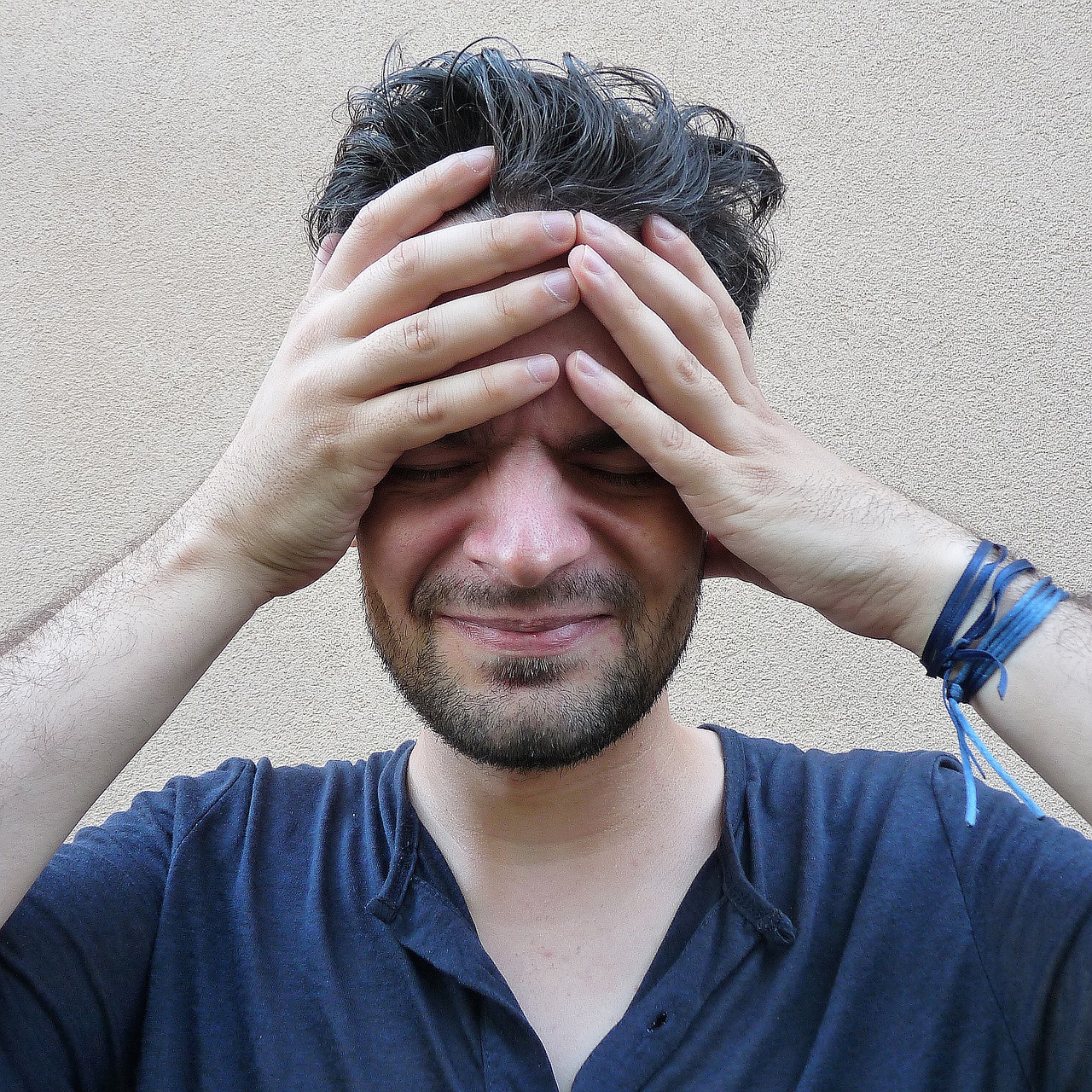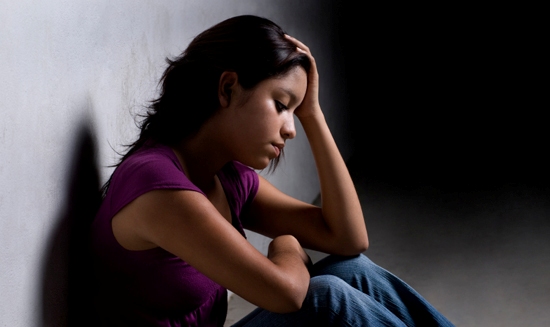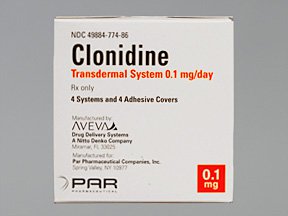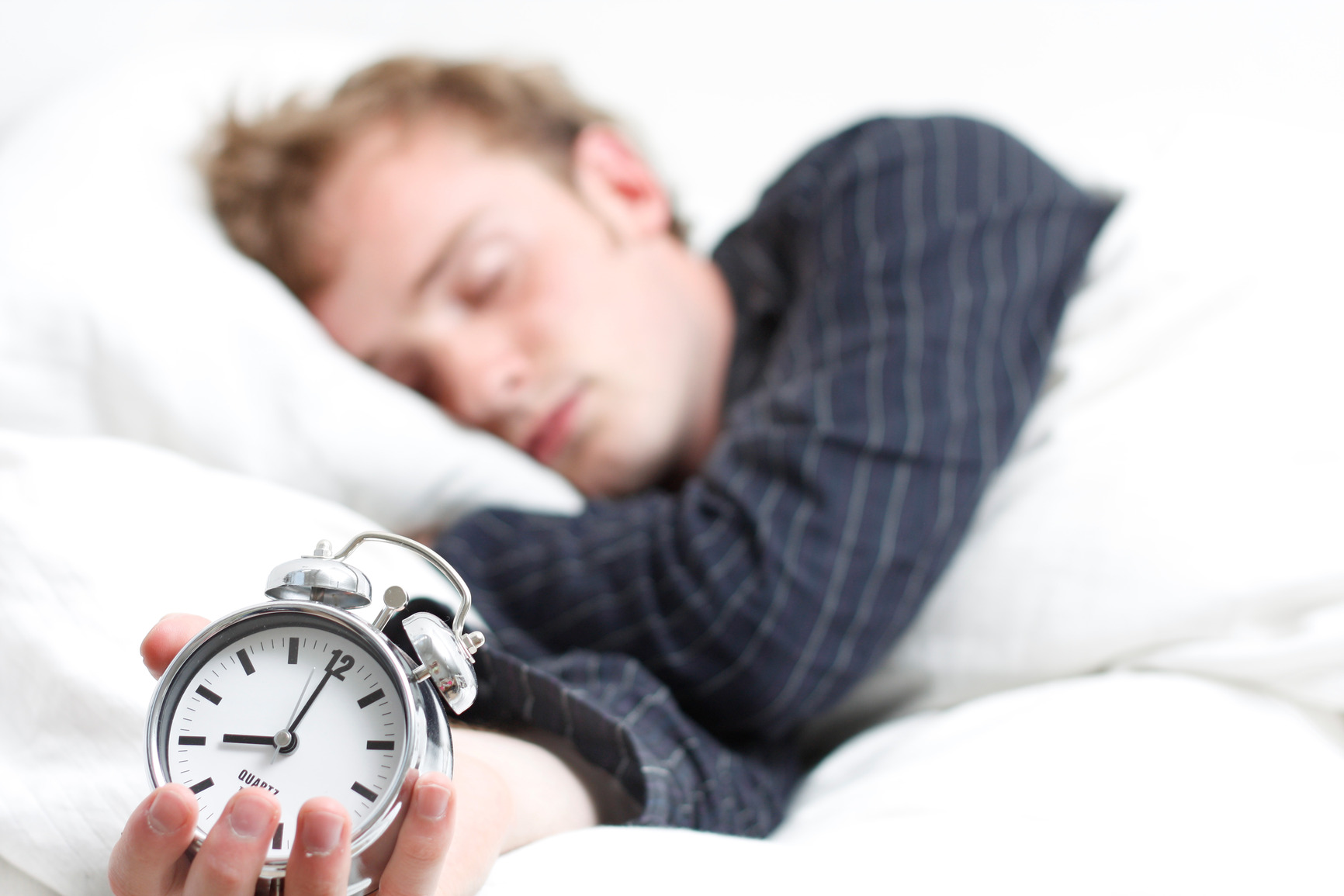Opiate Withdrawal Protocol
Opiate addiction signs and opiate withdrawal symptoms are different for every person and therefore a specified opiate withdrawal protocol for every person to follow is not available. However, every person who has formed an addiction to opiates will experience some form of withdrawal symptoms being that their body will be extracting the opiate out of its system.
Although withdrawal symptoms may differ between people who detox from opiates, a person should be prepared for withdrawal symptoms and should set up individualized protocols for their self to ensure that they have a safe detox. For example, every person should let somebody know that they are detoxing from opiates. Although opiate withdrawal is usually not life threatening, it can be painful and can need immediate medical attention if it goes too far. A person going through opiate withdrawals may need to be taken care of and therefore needs to be supervised or at least periodically checked on throughout their detox.
For help finding an opiate detox program near you, call 800-442-6158 Who Answers? .
Before detoxing a person should consult with physician, preferably a physician that is familiar with their medical history. This is important because opiate withdrawal symptoms can be extremely painful and difficult for a person to go through, and some people need medication to help them through the withdrawals. In addition, some people, due to medical conditions, need to be medically supervised during an opiate detox.
Other protocols and steps that a person should put in place when deciding to detox from opiates, is clearing their schedule and making arrangements for their responsibilities, if they have any. For example, a person should not plan on going to work during an opiate detox because the psychological withdrawal symptoms can significantly impact a person’s brain chemistry and line of thinking and the physical symptoms are similar to the flu causing a person to experience stomach problems and the unstoppable urge to vomit; a person should not plan to do much of anything while they are detoxing.
According to Psych Central, due to the fear of the painful effects of opiate withdrawal, many people do not stop using the drug. This is why a person should consider getting help from an opiate addiction treatment center.
In regards to opiate treatment, doctors and medical professionals are trained and experienced at a helping people get through an opiate detox. Doctors have protocols that they must follow, which is mostly in regard to medication that is administered to patients when detoxing from opiates, such as buprenorphine, which is not meant to be administered until opiates have completely left a person’s system.
A person who has decided to stop taking opiates should consider the option of opiate rehab to ensure that they have a safe and healthy detox as well as the resources necessary, such as therapy, to help them remain drug free.
Opiate Withdrawal Timeline: What to Expect and When

It is important to consult with a doctor before undergoing an opiate detox.
Knowing what to expect and when will help you best deal with the opiate withdrawal symptoms you experience. The timeline of opiate withdrawal usually lasts up to 7 days and starts 6 to 12 hours after an individual’s last opiate usage. Psychological withdrawal symptoms, such as irritability and anxiety, may last for several months.
According to the US National Library of Medicine, the first symptoms will develop in the 12 hours after an opiate-dependent individual’s last dose of opiates. These symptoms will likely include:
- Agitation
- Anxiety
- Muscle aches
- Increased tearing
- Insomnia
- Runny nose
- Restlessness
- Sweating
- Yawning
These symptoms will develop after the first day of opiate withdrawal, but will begin to subside after the first 72 hours of withdrawal and will disappear within a week:
- Diarrhea
- Abdominal cramping
- Goose bumps on the skin
- Nausea and vomiting
- Dilated pupils and possibly blurry vision
- Rapid heartbeat
- High blood pressure
Psychological symptoms, according to Harvard Health Publications, include anxiety, insomnia, agitation, a low depressive mood, and drug cravings. These symptoms are likely to persist through the first week and into the months following opiate detox.
Seeking Help for Opiate Withdrawal: When to Seek Help and What Help is Available
Undergoing opiate withdrawals alone can be difficult and can be dangerous. For one, the cravings associated with withdrawal and the discomfort of the symptoms often make it hard for people to abstain from drug use. In addition, the symptoms of diarrhea, high blood pressure, and blurred vision can lead to health problems, such as dehydration and other complications.
It is recommended to seek help for opiate withdrawal, and the best time to do so would be before you begin your detox. Due to the intensity of withdrawal symptoms, it is best to have help from the start. If you do not, it may be difficult for you to get help while also experiencing the symptoms.
With that in mind, many people seek professional help while undergoing opiate withdrawal. In a medical detox individuals may receive maintenance treatments. These are medications that work to eliminate drug cravings, mitigate withdrawal symptoms, and prevent relapse. According to the National Institute on Drug Abuse, the most common medications are methadone, Suboxone, and buprenorphine, and your opiate withdrawal protocol may involve one of these medications. They are opiates themselves, but these medications are taken in controlled doses, have little or no “high” effect, and are generally safer.
Getting professional help during opiate withdrawal will likely take place in an inpatient setting, or an outpatient setting and in both cases will probably involve some kind of counseling.
Inpatient Opiate Rehab
If you enter inpatient treatment you will live in the treatment center, have access to medical professionals and counselors around the clock, and have daily counseling. You will be in an entirely drug-free environment for the duration of your stay, which can be particularly important in the withdrawal stage due to the intensity of cravings. Though this type of rehab does tend to be more expensive, it provides a great way to undergo withdrawal safely and then learn the skills needed to maintain your recovery.
Outpatient Opiate Rehab
In an outpatient program you will not live at the treatment facility. Instead, you will go in for sessions at appointed times and regular intervals. You will have access to medical help and counseling at those times, and will have the option to start medication-assisted opiate addiction treatment as well. This option requires a bit more self control, as you will not be in a controlled environment all of the time. It is less costly, however, and does not require as much of your time.
Ways to Help Yourself at Home
Of course, not everyone chooses to go through opiate withdrawal in a treatment center. If you choose to detox from opiates on your own or with the help of an outpatient center there are things you can do while at home to cope with withdrawal.
Exercise and meditation can help a great amount with the psychological symptoms, such as insomnia and anxiety. Keeping active can keep your mind off of drugs and withdrawal while making it easier for you to sleep at night.
Staying hydrated is very important, especially due to the amount of fluids that you lose with the sweating, diarrhea, and runny nose associated with withdrawal. With that in mind, tea can help here as well as with relaxation.
Over the counter medications like Pepto Bismol can help if you’re feeling nauseous, are vomiting, or have diarrhea.
Last but not least: Patience. Patience will help wonders throughout opiate withdrawal. Know that the symptoms will subside, and that there is help out there.
To find opiate withdrawal treatment that fits your needs, call 800-442-6158 Who Answers? .













